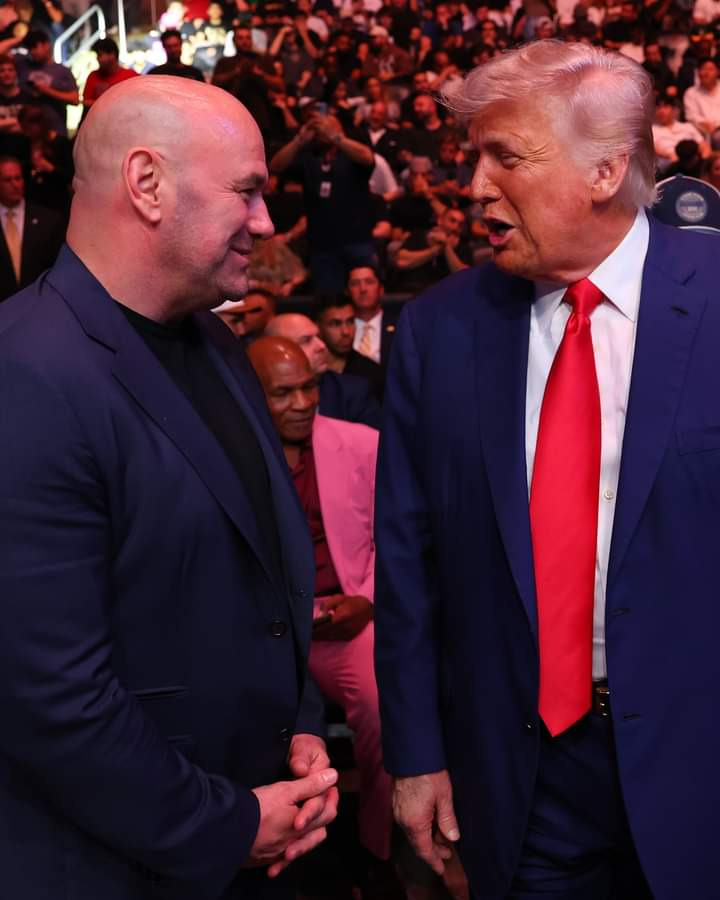A new proposal championed by former President Donald Trump has stirred intense debate for what analysts say is a stark realignment of national resources—away from the working class and directly toward the wealthiest Americans. Labeled by Trump as the “One Big Beautiful Bill Act,” the legislation is poised to reshape the economy over the next decade in a way that critics argue favors the elite while stripping essential support from the poor. According to projections by the nonpartisan Congressional Budget Office (CBO), this sweeping policy would effectively decrease household resources by 4 percent for the bottom 10 percent of earners, while delivering modest but compounding gains to those in the top 10 percent. Notably, those already earning upwards of $170,000 per year could see benefits increase even further over time.
At the heart of this shift lies a combination of deep cuts to public welfare programs and generous tax breaks for the wealthy. The CBO estimates the legislation will contribute an additional $3.8 trillion to the national deficit over a decade, driven largely by slashes to programs that currently provide a safety net for millions of Americans. The most significant hit would be to Medicaid, with $716 billion in reductions, a move that could leave over 15 million people without health insurance. Nutrition support through the Supplemental Nutrition Assistance Program (SNAP), which currently aids 42 million people annually, would be cut by nearly $300 billion. These changes would not only reduce access to basic needs but would also widen the already massive wealth gap.
Further exacerbating the inequality, the bill renews and extends key components of Trump’s 2017 Tax Cuts and Jobs Act, which have already been widely criticized for favoring the wealthy. Corporate tax breaks are a central feature of the proposal, along with tax relief that disproportionately benefits high-income households. Analysts at the Institute on Taxation and Economic Policy report that two-thirds of the bill’s tax reductions would go to Americans earning $157,000 or more annually, with a full 24 percent directed to the top 1 percent alone. For average working-class families, the effect is the opposite—many in the bottom fifth of income earners would see their taxes increase over the lifetime of the bill.
The trend this bill continues is not new. Research shows that the country has seen decades of upward wealth redistribution, with the richest Americans steadily pulling away from the rest of the population. Since the 2017 tax reforms, the total wealth of U.S. billionaires has doubled, reaching $5.8 trillion. A RAND study underscores the broader issue, finding that since 1975, the top 1 percent of Americans have absorbed an astonishing $79 trillion from the bottom 90 percent. This isn’t merely a political concern; it’s a structural issue that economists argue has long-term consequences for social stability, economic mobility, and democratic governance.
Taken together, the provisions of this new legislation paint a stark picture of priorities that favor the few at the cost of the many. It chips away at public infrastructure and critical social programs while bolstering the fortunes of those already most secure. As millions stand to lose access to health care, food assistance, education aid, and environmental protections, the wealthiest Americans are handed a fiscal windfall. In essence, the bill doesn’t just reflect a policy choice—it reflects a broader ideology that seeks to redefine the role of government, turning it from a tool of collective support into one that serves concentrated wealth and entrenched power.



